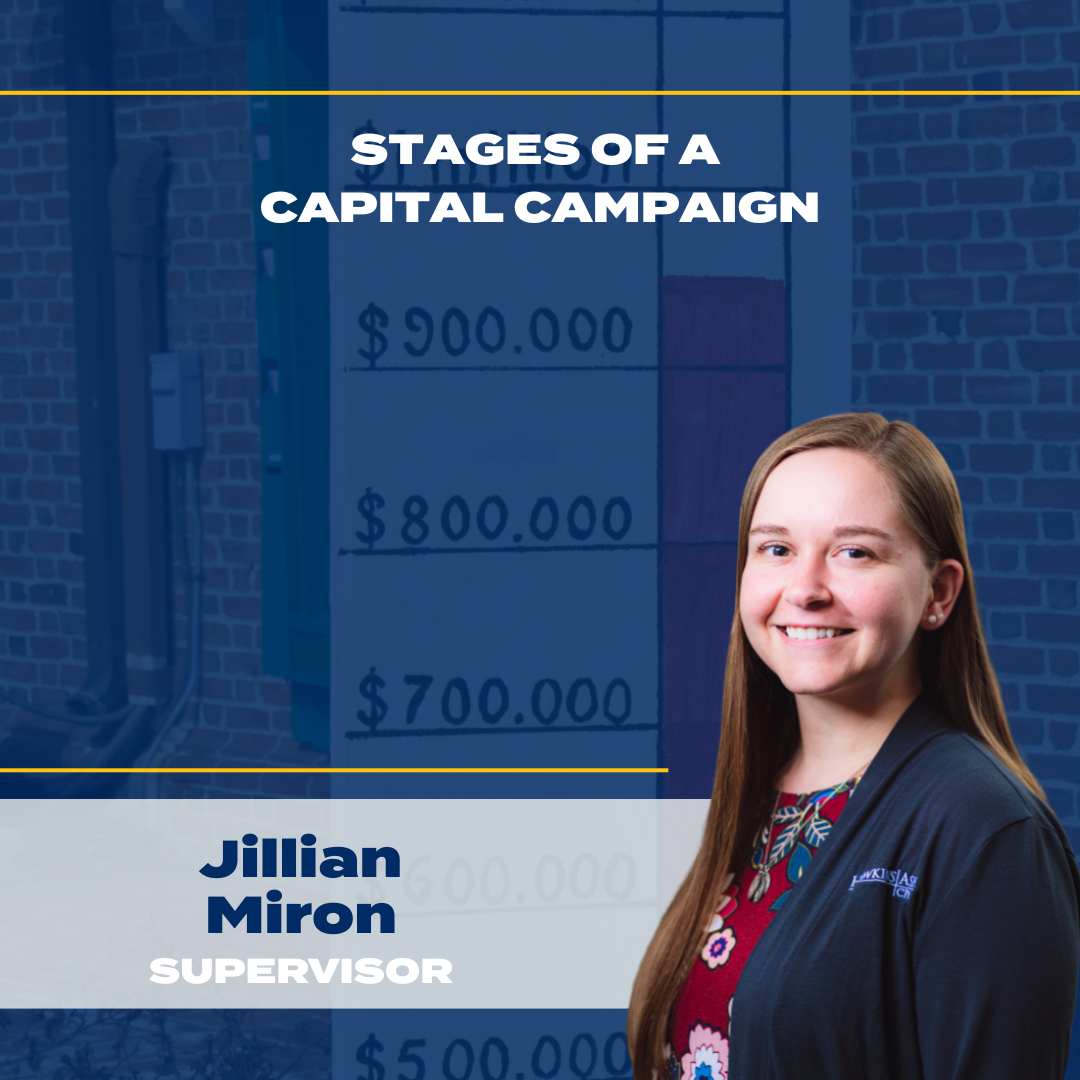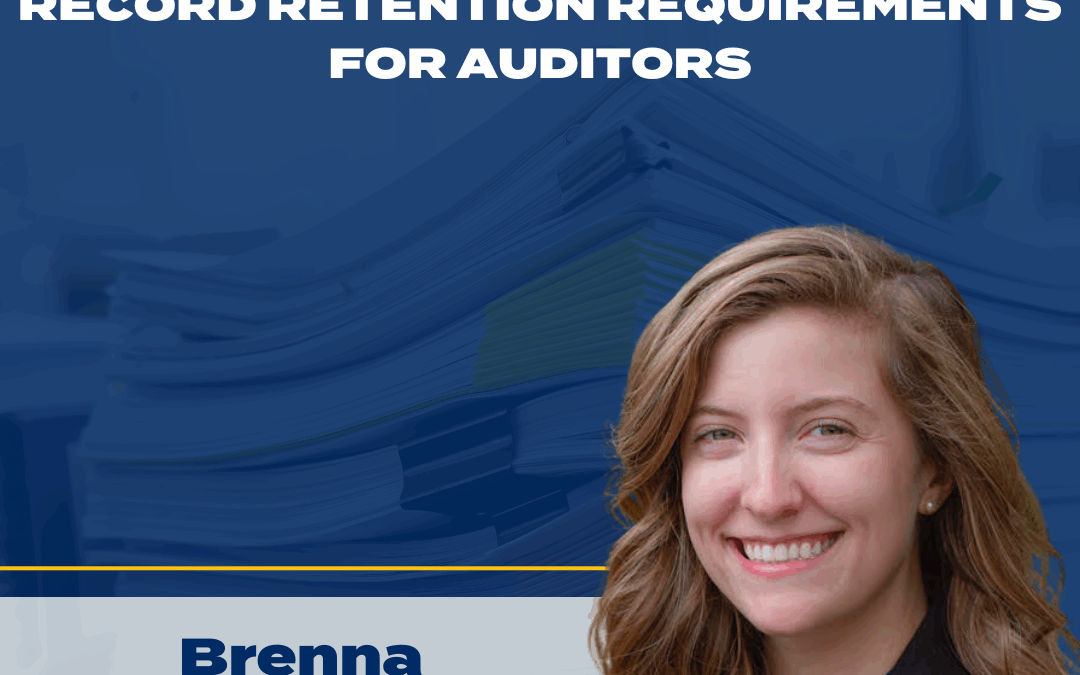When beginning to consider if a capital campaign is the right move for your Organization there are many stages to consider before the campaign is able to launch. In this article we will take a look at what a capital campaign is, the different stages and what is associated with each stage.
To start let’s look at what a capital campaign is. A capital campaign is an intense fundraiser designed to raise a specific amount of money within a set time period to help an Organization build their assets. Often times capital campaigns are conducted when an Organization has a specific goal in mind such as building or renovating facilities, funding special projects, or increasing existing endowments. Capital campaigns can be for any size Organization big or small and have any size goal. A capital campaign is meant to be additional funding above and beyond annual campaigns that already exist
Stage 1: The Pre-Planning Phase
While beginning the planning phase it is important to remember that a capital campaign generally takes 2 to 3 years of active planning and organization, and often longer to complete from start to finish. In this stage you will determine your monetary goal and objective. For example, “We want to raise 2 million dollars to add on to our building to better serve our clients”.
Stage 2: Feasibility Study
In the next stage you will undergo a feasibility study to determine if your plan from phase 1 is realistic. This can be done a couple different ways. One way is by hiring an outside firm to conduct a study and interview your Organizations top donors. A second way is by having your Organization’s staff do their own interviews. It is important to also look at any past capital campaigns and their level of success. The feasibility study will help determine if you are able to move on with the campaign. If you are, it’s time for planning your campaign!
Stage 3: Campaign Planning
Now that you have determined that your campaign is feasible and you have the Board of Directors onboard, it is time to start planning how the campaign is going to be executed. In this stage you will create budget for expenses, a timeline, and a communication plan.
Stage 4: The Quiet Phase
Next, before the campaign is officially kicked off and made public you will go through the “quiet phase.” In this phase you will solicit the largest gifts to the campaign. These include gifts from board members and past large donors. During this phase is when you will record contributions or pledges receivable. You will want to be sure to keep the supporting documentation for both the amounts received and the total amounts that were pledged and will be received in a future year.
Stage 5: The Kick-Off
This stage begins when you have raised 65-75% or more of your total goal. It is a time for celebration because you officially announce your campaign, the goal you have created, and invite the public into your mission.
Stage 6: The Public Phase
Ideally this stage is short and full of energy. You have successfully kicked-off the campaign and are now open to any and all contributions. The end of this phase marks the official close to your fundraising campaign. During this phase you will also record contributions and pledges the same way as mentioned in phase 4.
Stage 7: Post-Campaign
This is the wrap up stage and is just as important as the planning stage! Once the public phase is completed, it is time to tie up loose ends. This includes thanking all your donors and volunteers, preparing reports, and continuing to follow up on any pledges received.
This article does not cover every aspect of a capital campaign. A campaign will vary from one organization to the next, but with these stages in mind it will keep you on track for a successful campaign.
If you are considering a capital campaign for your organization and have additional questions, please reach out to your Hawkins Ash CPAs representative.





